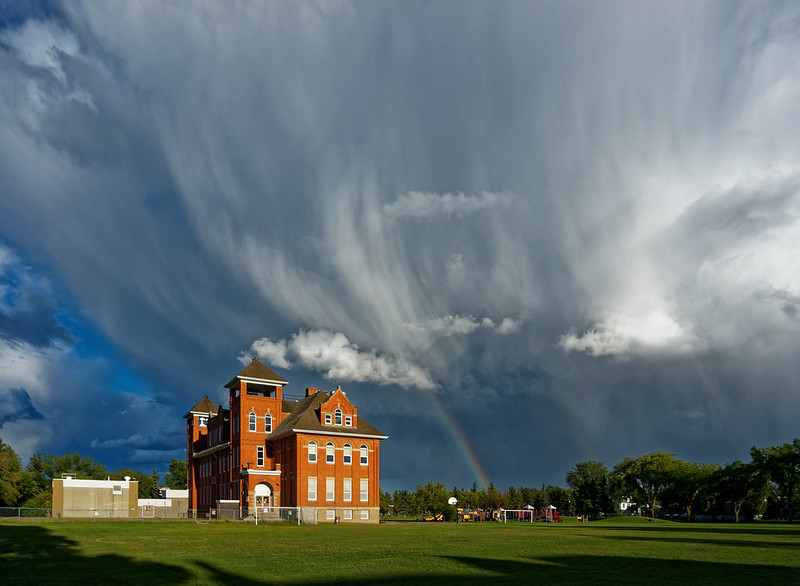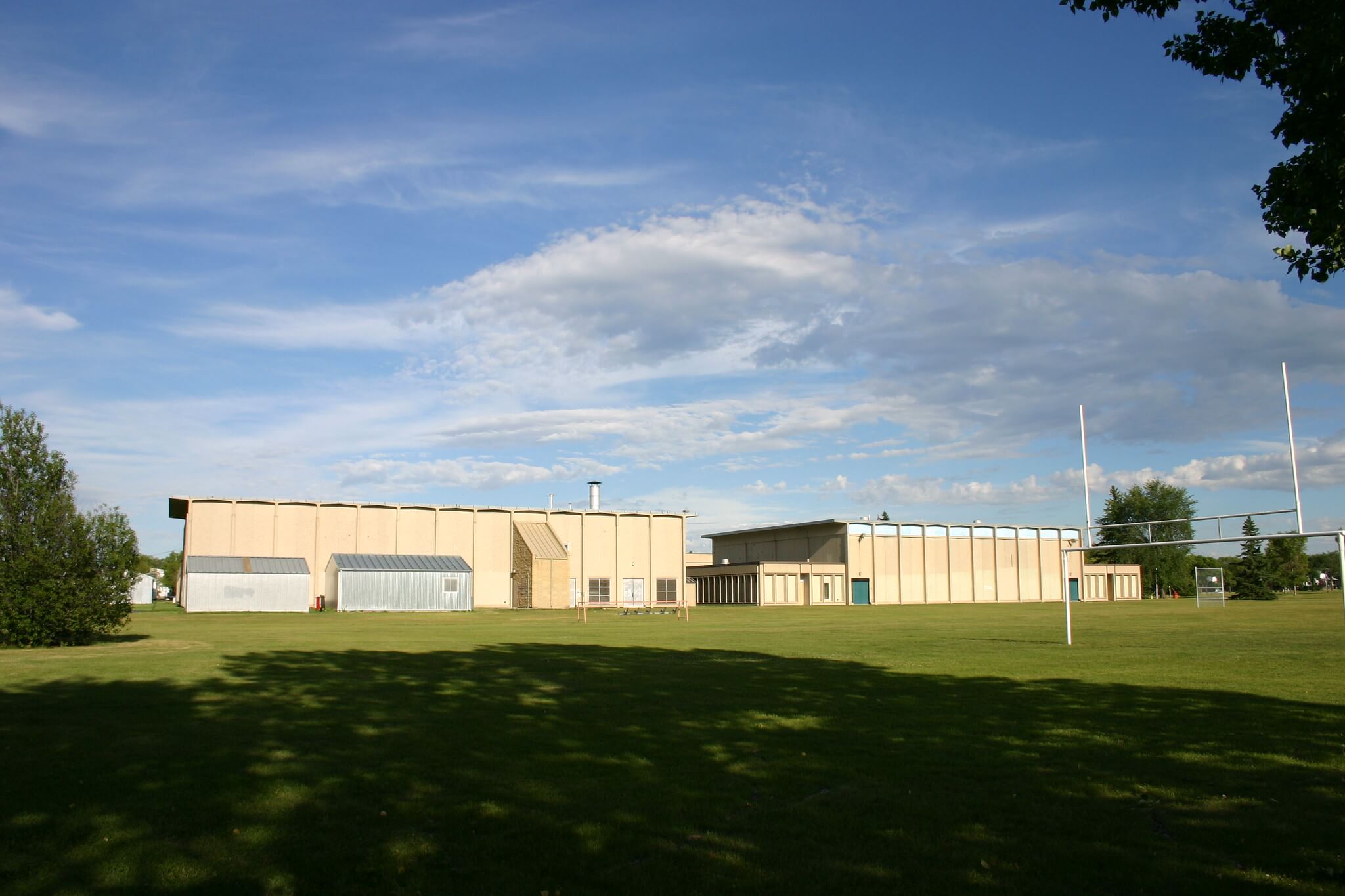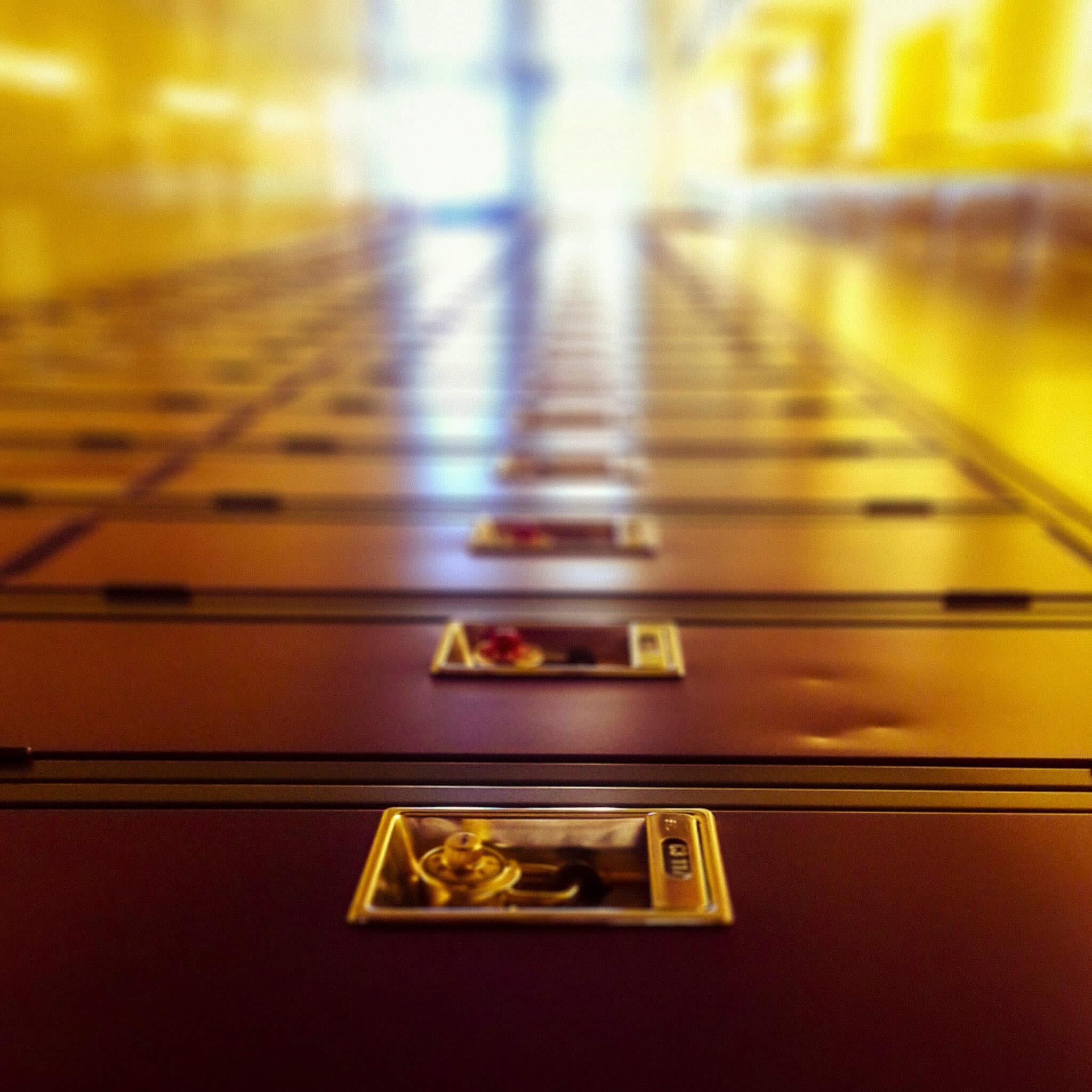Across Alberta this week, hundreds of students left their classrooms, gathered on overpasses, marched to the legislature, and declared in one collective voice: we stand with our educators. CityNews Edmonton+1 In the rich, rhythmic truth of collective action they embodied a simple yet profound principle: when many act in solidarity, a new shape of power emerges.
These young people wore red—the colour of unity in this struggle—held signs that said “Support our teachers” and “I thought there were no rats in Alberta,” and stepped into public space with the conviction that their futures matter, that their schools matter, that teachers matter. CityNews Edmonton Their walk-out becomes a symbolic echo of all who have been told to sit down, shut up, wait. Instead they stepped out, stood up, and said enough!
Solidarity
When students join in solidarity with teachers, something shifts. The dynamics of authority and resistance are rearranged. The act of walking out is at once a refusal of passivity and a declaration of belonging. It says: we are part of this system, we inherit it, we shape it. Their presence disrupts the familiar script—teachers vs. government, educators vs. policy—because the students draw the circle wider. They say: the fight for decent education is our fight too!
In that sense the walk-out is more than protest. It is a living symbol of the power of the many. It reminds us that institutions are made of people, and institutions change when people act. The many gesture toward the possibility of transformation, refuse the inevitability of constraint, imagine schools not as places of compliance but as sites of collaboration, respect, vitality.

Dirty moves by Smith
Danielle Smith’s government responded to the 51,000 teachers striking in Alberta by invoking the Canadian Charter of Rights and Freedoms’s Section 33 of the Canadian Charter of Rights and Freedoms — the so-called “notwithstanding clause” — to override fundamental rights of association and strike, and to pass the Back to School Act (Bill 2) ordering teachers back to work. Global News+1
That move treats teachers as dispensable, rights as optional, collective bargaining as a hindrance. It treats the community of students and educators as pawns in a political game engineered by power rather than care. The government’s appeal to “student harm” as justification for overriding rights becomes a hardened caricature of paternalism. In so doing it enacts a form of collective punishment: by denying teachers their means to negotiate, it punishes entire classrooms, communities, generations.

Collective punishment in schools
What is collective punishment? It is when acts of governance punish a whole group for the acts or status of some subset, or when rights are suspended not to address individual conduct but to enforce compliance across the board. In this case, teachers’ rights are overridden; students’ and families’ interests are subsumed. The students who walked out sensed this: the government is punishing the school community to force the educators’ hand.
Schools in this scenario become instruments of discipline rather than environments of growth. The machinery of legislation is turned to the management of fear and the suppression of dissent. This plays directly into the very themes of institutional disbelief of suffering, of the erasure of collective voice, of the damage done when systems say: you will comply, you will endure, you will absorb.
-
Why was my whole class punished?
Sometimes the most hurtful school experiences begin with a child coming home confused, ashamed, or angry—and saying something like, “We all lost computer time because someone was talking.” When the whole class is punished for the actions of one or a few, it usually…
The power of many
The students who walked out did something radical: they affirmed their connection to the educators, to the institution of school as more than compliance, to the community of learning as more than instruction. They affirmed that the many have power. They affirmed that solidarity matters. They affirmed that the system of schooling can be more than hierarchy and punishment. That we are all actors in a system of scarcity.
In refusing to stay silent they modelled exactly the kind of energy our advocacy demands—especially when we talk about the many forms of structural harm in schools, the many children burdened by masking, by emotional labour, by systems of regulation and compliance. The walk-out is a sign of hope because it shows that the many can act, can respond, can reshape.

This protest highlights:
- The legitimacy of collective action by students, educators, families, and communities in resisting systems of control.
- That the invocation of the notwithstanding clause as an act of state power used to remove the rights of public employees to demonstrate untenable conditions in a public system is unacceptable.
- Staff and students acting together shift power, alter possibilities, create change.
The walk-out in Alberta is more than a moment. It is a signal. It shows that when children leave class to stand for education, a kind of collective energy builds that cannot be easily legislated away.
-
Raised inside the broken home of public education
Every society tells itself that public schools are good homes for children. We picture safety, fairness, and care distributed through the hallways like sunlight. Yet affection without protection becomes a kind of gaslight, and the insistence that everyone inside means well becomes a…









